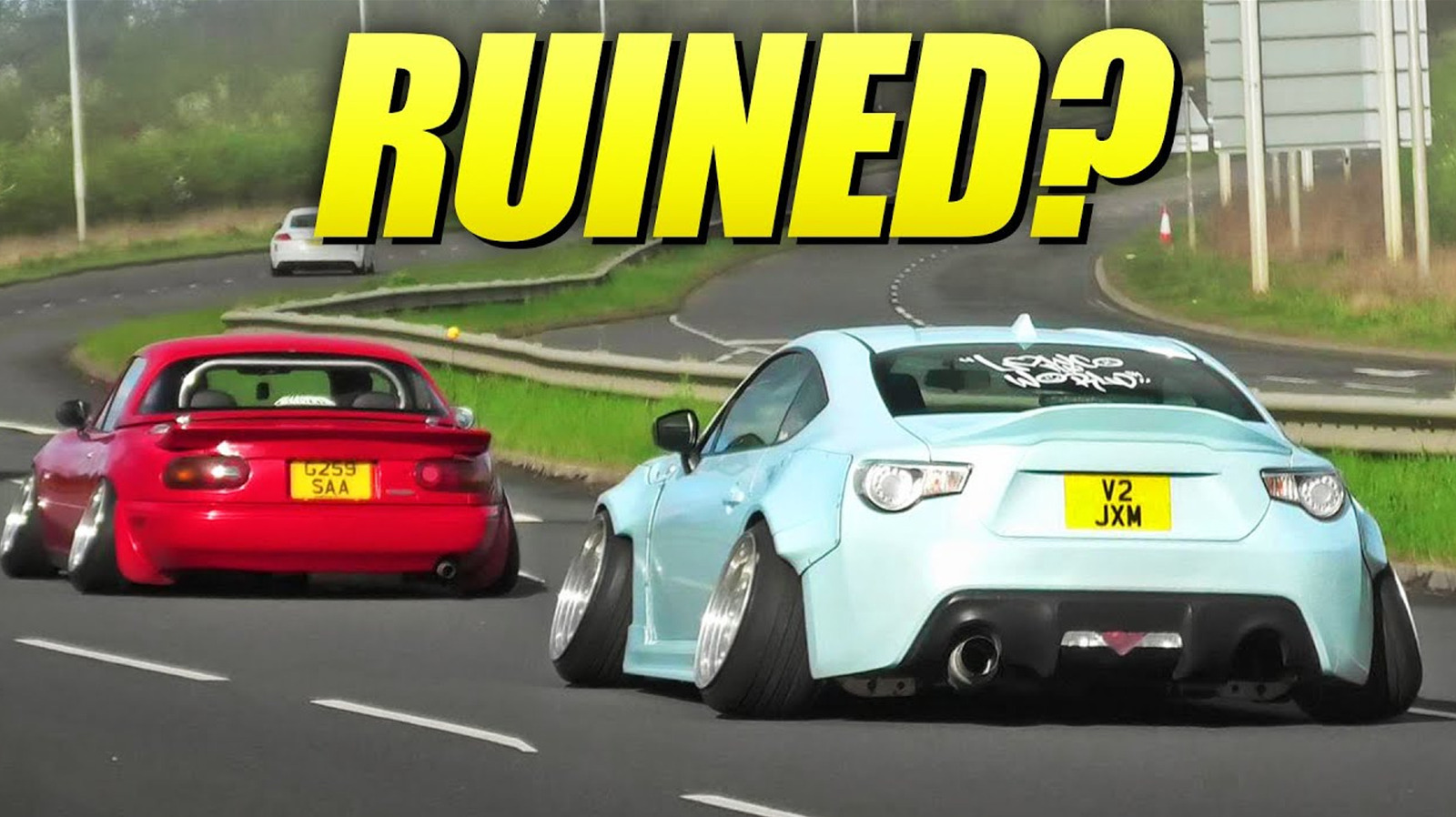
Car enthusiasts are a bit of a strange breed. We are known to spend money on parts that most people, even most drivers, don’t ever think about. We spend early mornings and late nights standing around in parking lots with our friends, and yes, we can probably name that car you’re pointing at. One of the many unique subsets of the car enthusiast community is the car modifiers or customizers. These are the type of car enthusiast who cannot be trusted to be alone with a stock car, lest they find internet access and order a set of coilovers, wheels, or a body kit to take that stock car and turn it into a project car. This is the type of person who is liable to “stance” their car, which is when excessive negative camber is added to the wheels. Negative camber is a measure of how drastically the wheels tilt inward at the top, almost as though the tire is leaning against the car. But what’s the point of that much negative camber?
Everything in moderation
When used responsibly and in moderation, adding negative camber can make a car handle better in more intense driving situations, like on a racetrack. Every car has specific and precise geometry that dictates its manufacturer recommended camber settings, but in most cases for cars that don’t spend much time driving aggressively or on race tracks, it’s best to keep things closer to neutral.
When a car has extreme negative camber, it causes irregular tire wear since only the inner corner of the tire is ever consistently in contact with the road surface. When a tire is more neutrally oriented, in contrast, the tread wears more consistently since the entire width of the tread is in consistent contact with the road surface.
So why is it that you sometimes see a car driving down the road with such aggressive negative camber? Past a certain point it’s just an aesthetic decision, a matter of taste. Some people think it looks cool to stance a car. It’s not recommended in most common driving situations though, since it minimizes the contact patch of each tire. In fact, when you’re primarily driving straight like most cars on public roads, intense negative camber actually makes your car accelerate slower and it increases your stopping distances.

